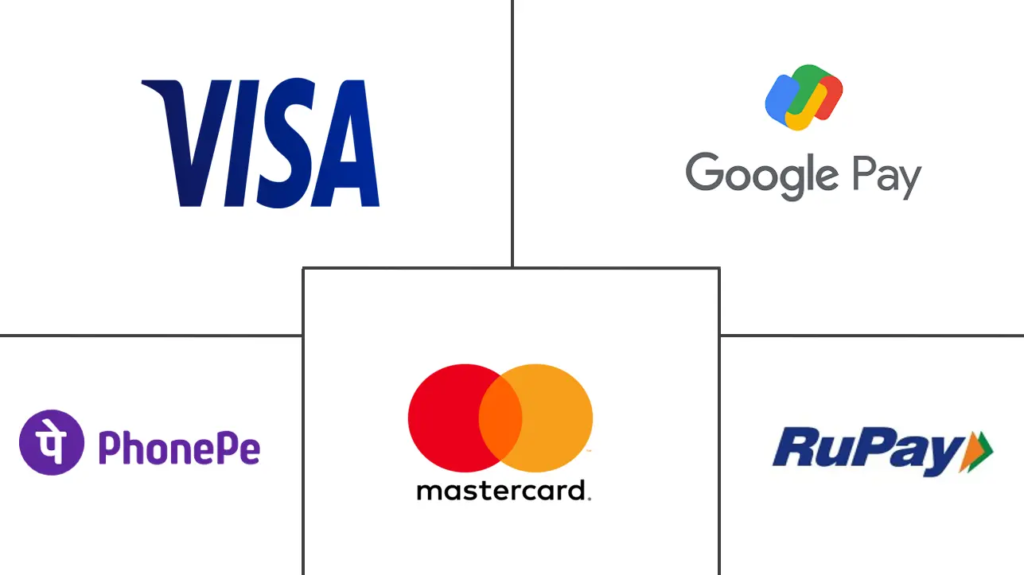AUTHOR : Sook
DATE : 28/12/2023
Introduction to Payment Providers in Indian E-commerce
E-commerce in India has witnessed phenomenal growth, revolutionizing the way people shop. Payment providers play a pivotal role in enabling seamless transactions, ensuring convenience and trust for both businesses and consumers.
Evolution of E-commerce in India
The landscape of Indian e-commerce has evolved remarkably, transitioning from traditional retail to a digital marketplace[1]. Factors such as increasing internet penetration, smartphone usage, and a surge in online shopping habits have propelled this growth.
Importance of Payment Providers in E-commerce
Payment providers[2] act as intermediaries, facilitating secure and efficient online transactions. Their role in offering various payment options and ensuring a smooth checkout experience is critical to the success of e-commerce businesses.

Key Payment Providers in India
Paytm
One of the leading payment providers, Paytm, has gained widespread popularity due to its diverse services, including wallets, UPI payments, and QR code-based transactions. Its user-friendly interface and extensive merchant network have contributed to its prominence.
PhonePe
PhonePe, a subsidiary of Flipkart, has emerged as a player in the Indian market. Its intuitive app interface and seamless integration with major e-commerce platforms[3] have made it a preferred choice for many users.
Razorpay
Razorpay offers a robust payment gateway solution catering to businesses of all sizes. Its competitive pricing and comprehensive suite of services, including international payments, have garnered attention in the e-commerce realm.
Instamojo
Focused on empowering small businesses, Instamojo provides a simplified payment solution with features like easy integration, customizable payment links, and access to credit services, catering specifically to the needs of startups and entrepreneurs.
PayU
PayU stands out for its extensive global presence and diverse payment options. With features like recurring billing and advanced fraud prevention mechanisms, it has become a go-to choice for businesses looking for reliability and security.
Comparison of Payment Providers
Payment Gateway Fees
The fee structure of payment providers varies significantly. While some charge a flat rate per transaction, others follow a tiered pricing model. Understanding these fee structures is crucial for businesses to optimize costs.
User Experience and Interface
The ease of navigation[4] and a user-friendly interface greatly influence user adoption. Payment providers offering seamless experiences and intuitive interfaces tend to attract more users.
Security Measures
In an era of increasing cyber threats, the security measures implemented[5] by payment providers play a pivotal role in gaining consumer trust. Providers employing robust encryption and fraud detection mechanisms stand out in this aspect.

Factors Influencing the Choice of Payment Providers
Customer Base and Reach
The size and diversity of the customer base served by a payment provider influence its attractiveness to businesses. A wider reach often translates to greater market accessibility.
Integration with E-commerce Platforms
Seamless integration with various e-commerce platforms simplifies the payment process for businesses, enabling them to focus on their core operations.
Transaction Speed and Reliability
Fast and reliable transactions are essential in the e-commerce landscape. Payment providers ensuring swift and dependable transactions are favored by both businesses and consumers.
Future Trends and Innovations

Adoption of New Technologies
The integration of emerging technologies like AI, blockchain, and biometrics is set to revolutionize the payment industry, offering more secure and efficient transactions.
Enhancements in Security Features
Continuous advancements in security measures will be pivotal in combating evolving cyber threats, fostering greater trust among users.
Expansion of Services
Payment providers are expected to diversify their services beyond traditional transactions, offering value-added services that cater to evolving customer needs.
Conclusion
As e-commerce continues to thrive in India, providers will remain integral to its growth story. Their evolution in offering secure, diverse, and user-friendly payment solutions will define the future of online transactions.
FAQs on Payment Providers in Indian E-commerce
- Q: What makes Paytm stand out among other payment providers?
- A: Paytm’s extensive services, including wallets, UPI, and QR code-based transactions, coupled with its vast merchant network, contribute to its prominence.
- Q: How important is security in choosing a payment provider?
- A: Security is paramount in online transactions. Payment providers employing robust encryption and fraud prevention mechanisms gain consumer trust.
- Q: Which payment provider focuses on small businesses and startups?
- A: Instamojo caters specifically to the needs of small businesses, offering simplified payment solutions and access to credit services.
- Q: What factors should businesses consider while selecting a payment provider?
- A: Factors like customer reach, integration with platforms, and transaction speed are crucial in choosing the right payment provider.
- Q: What can we expect in the future of payment providers in India?
- A: Future trends include the adoption of new technologies, enhanced security features, and the expansion of services beyond traditional transactions.

